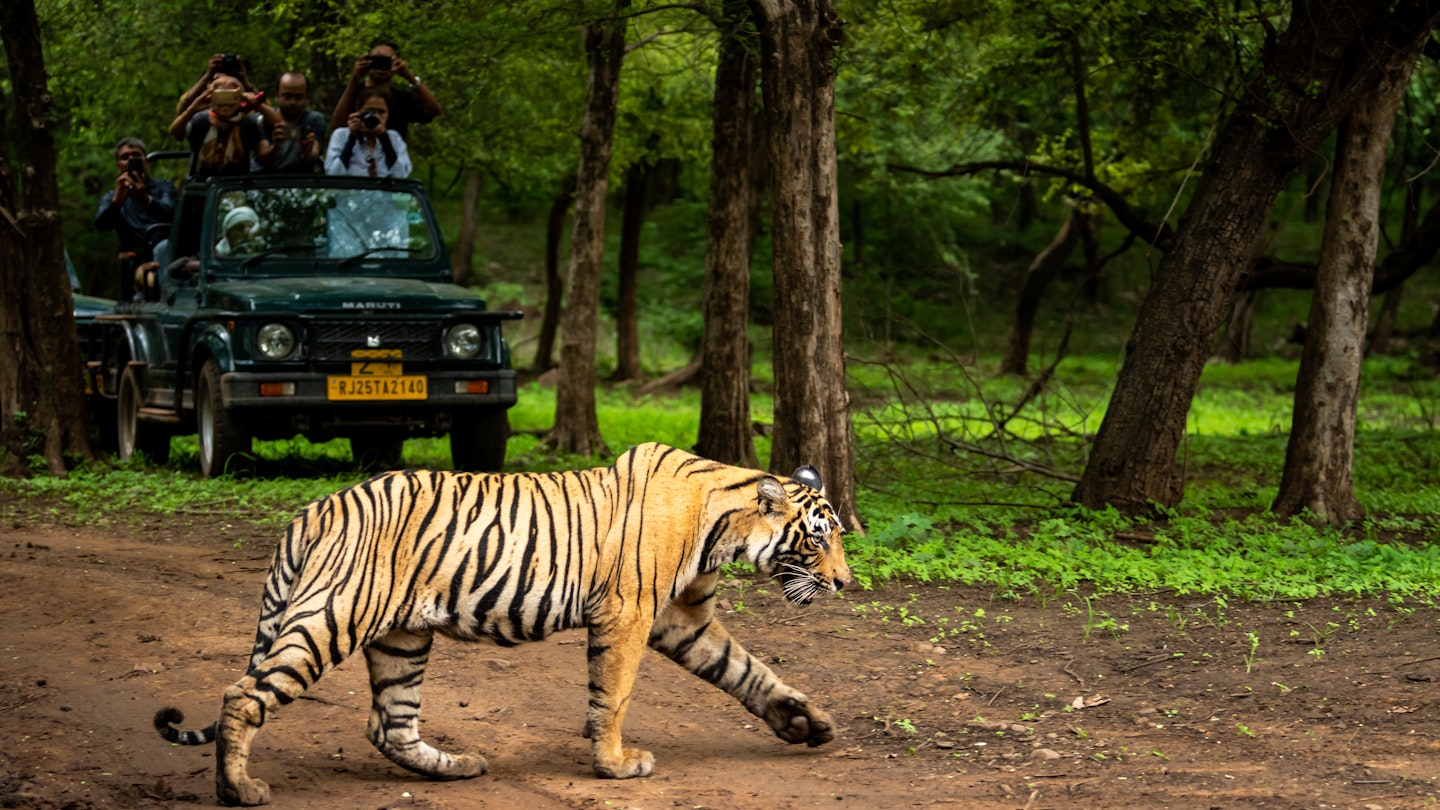Wildlife Watching Tips for Enthusiasts
Birdwatchers and wildlife enthusiasts are a unique group, venturing across the globe each year in search of unforgettable sightings. The excitement of observing animals in their natural habitats has transformed wildlife tourism into a multi-billion dollar segment of the travel industry.
You don’t need to pay exorbitant fees for exclusive safaris or embark on challenging journeys to remote locations in pursuit of rare species. The natural world is teeming with marvels, and often, it just requires knowing what to look for. Here are tips to boost your chances of spotting wildlife wherever you go.

1. Respect Wildlife and the Environment
To properly appreciate wildlife, it is crucial to take ethical approaches during all wildlife encounters. Consider adhering to these guidelines:
- Keep a safe distance from animals.
- Avoid feeding wild animals.
- Do not disturb their natural behaviors.
- Follow ‘leave no trace’ protocols to protect wilderness areas.

2. Research Animal Behavior and Habitats
Having knowledge about animals and their habitats can greatly enhance your wildlife watching experience. Research how animals behave, where they sleep, feed, and breed. Understanding seasonal changes can also affect your search for them.
Additionally, learn to recognize signs left by animals, such as pathways cleared through underbrush or subtle traces near water sources. A basic understanding of tracking can also inform your sightings, making your efforts more rewarding.

3. Time Your Observations Wisely
Many animals are most active at dawn and dusk. To enhance your chances of spotting wildlife, rise early and stay out later as light fades. Moreover, locations where different habitats converge, such as riverbanks or forest edges, can be hotspots for animal sightings.

4. Camouflage is Key
Opt for attire that blends in with nature. Bright or loud clothing can make you stand out to wildlife. Instead, choose muted colors such as browns, greens, or grays. Additionally, find a strategic position to observe wildlife without being directly visible.

5. Maintain Silence and Stillness
Animals possess exceptional senses, allowing them to detect movement and sound. As such, it is essential to remain silent and still when observing wildlife to avoid detection. When necessary to move, do so slowly and quietly, paying attention to your surroundings.

6. Equip Yourself with the Right Tools
A quality pair of binoculars is essential for wildlife watchers. They not only provide clear views of distant animals but also help maintain a respectful distance, minimizing disturbance. For optimal performance, consider binoculars with lower magnification for better clarity in low light conditions.
If you’re willing to carry extra gear, a spotting scope can significantly enhance your viewing experience. These devices allow for higher magnification and can be attached to a camera for wildlife photography, making it perfect for capturing exceptional moments in nature.
With these practical tips, you can engage in meaningful wildlife watching while fostering a respectful relationship with the natural world. Happy observing!





